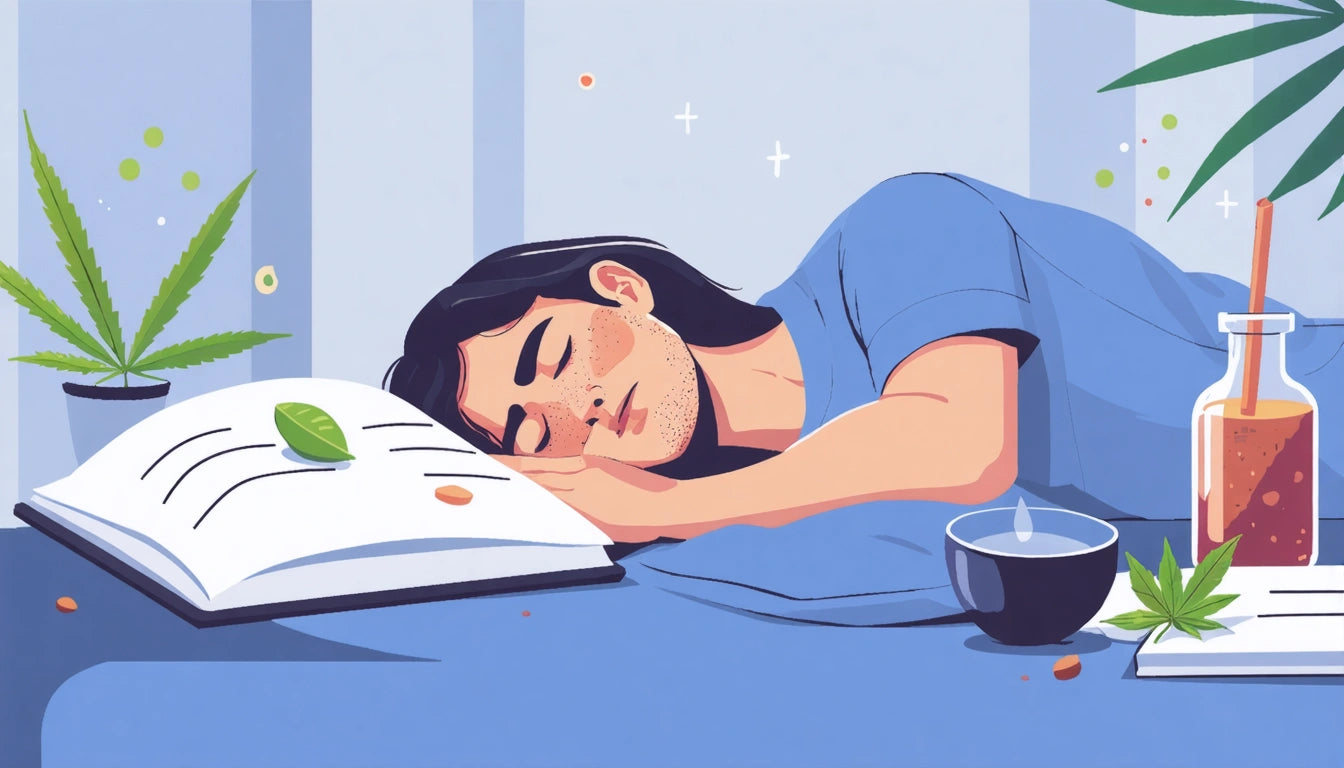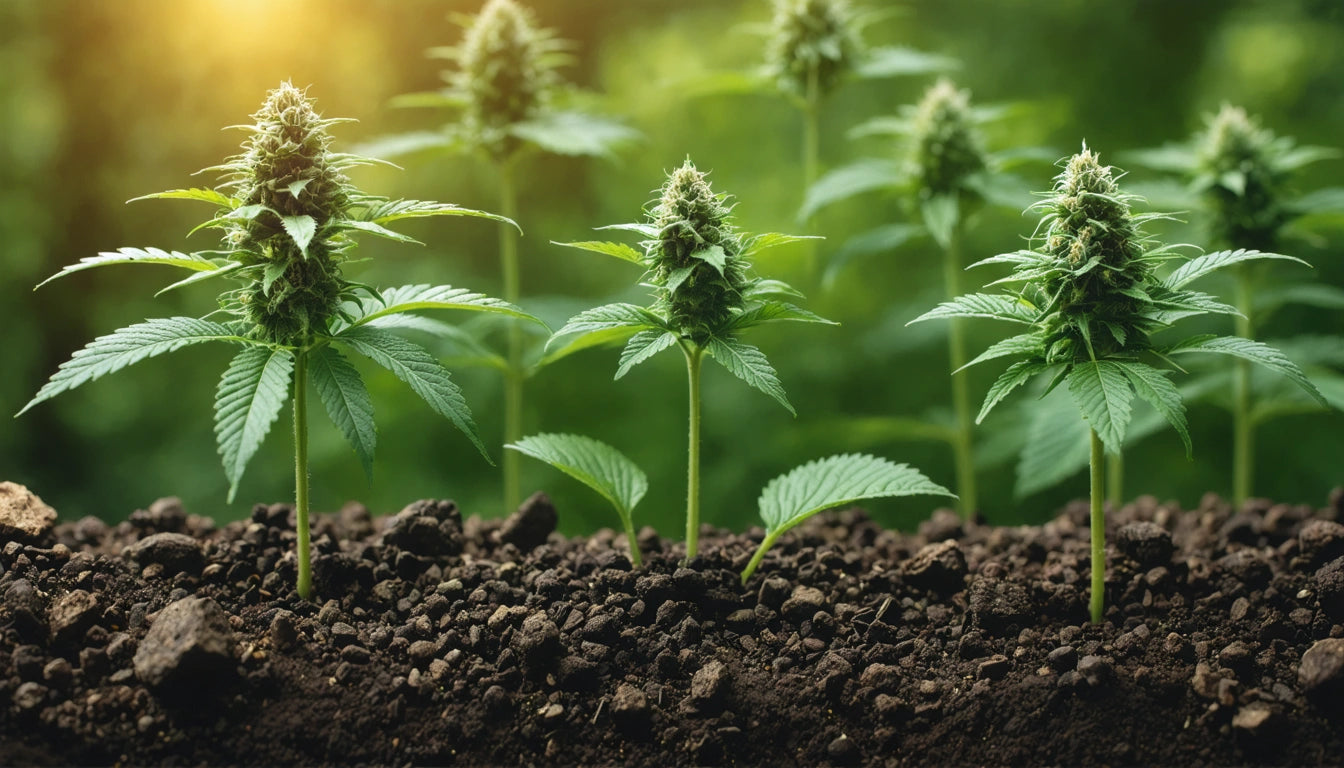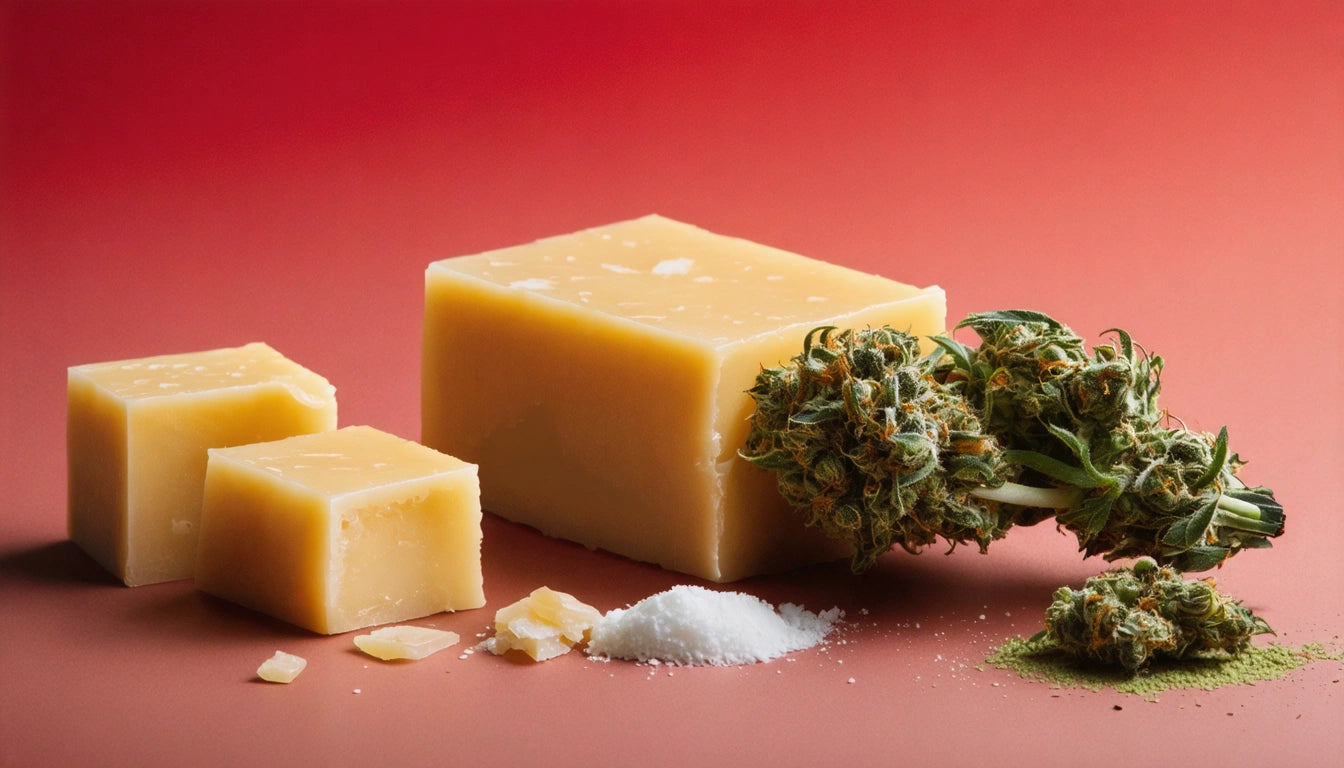Table of Contents
Does Cannabis Cause Sleepiness and Fatigue?
Many cannabis users report feeling tired or experiencing fatigue after consumption, but the relationship between cannabis and sleepiness is more complex than a simple yes or no answer. Understanding why cannabis might make you tired requires examining several factors, including strain type, consumption method, dosage, and individual biology.
The Cannabis-Sleepiness Connection: Understanding the Basics
Cannabis contains over 100 cannabinoids that interact with the body's endocannabinoid system, which plays a role in regulating sleep, mood, appetite, and other physiological processes. The two most well-known cannabinoids, THC (tetrahydrocannabinol) and CBD (cannabidiol), affect energy levels differently.
According to research on cannabis and energy levels, THC typically produces sedative effects at higher doses, while CBD may have either alerting or calming properties depending on dosage and individual factors. This dual nature explains why some users feel energized after consumption while others experience significant drowsiness.
How Cannabinoids and Terpenes Influence Fatigue
THC's Impact on Sleep Architecture
THC can decrease sleep latency (the time it takes to fall asleep) but may disrupt REM sleep, the phase associated with dreaming. This disruption can lead to feeling groggy or tired the next day, even after a full night's sleep. Studies on cannabis and sleep suggest that while THC initially acts as a sedative, chronic use may actually worsen sleep quality over time.
The Role of Terpenes
Terpenes, the aromatic compounds in cannabis, also influence its effects on energy. For example:
- Myrcene: Often found in indica strains, has sedative properties
- Limonene: Common in sativa strains, may promote alertness
- Linalool: Has relaxing effects similar to lavender
The combination of cannabinoids and terpenes creates what's known as the "entourage effect," where compounds work together to produce specific effects, including sleepiness or alertness.
Strain Differences: Why Some Cannabis Varieties Make You More Tired
The common categorization of cannabis into indica, sativa, and hybrid varieties provides some insight into potential effects on energy levels. Traditionally, indica strains are associated with relaxation and sedation, while sativas are linked to uplifting and energizing effects. However, modern understanding suggests this classification is oversimplified.
Research on cannabis strains for sleep indicates that chemical composition matters more than strain category. Strains high in myrcene and THC tend to be more sedating regardless of their indica or sativa classification. For consumers concerned about fatigue, examining lab reports for cannabinoid and terpene profiles provides more reliable guidance than strain names alone.
Why Do Edibles Make You Sleepy the Next Morning?
Edibles often cause more pronounced and longer-lasting fatigue compared to other consumption methods. This phenomenon occurs for several reasons:
Metabolism and Duration
When cannabis is ingested, THC is metabolized by the liver into 11-hydroxy-THC, a more potent compound that crosses the blood-brain barrier more easily. This metabolite produces stronger effects that can last 6-12 hours, potentially extending into the next day.
Dosage Challenges
Edibles can be difficult to dose accurately, leading to overconsumption. Higher doses increase the likelihood of next-day fatigue. This is particularly important from a safety perspective, as proper safety measures like child-resistant packaging help prevent accidental consumption, which could lead to excessive sedation among other effects.
The delayed onset of edibles (30 minutes to 2 hours) also contributes to dosing errors, as users may consume more while waiting for effects to begin, ultimately leading to stronger sedation and next-day grogginess.
Managing Cannabis-Induced Fatigue: Practical Solutions
For those who enjoy cannabis but want to minimize fatigue, several strategies can help:
- Choose strains with balanced THC:CBD ratios or those known for minimal sedative effects
- Start with low doses and gradually increase as needed
- Time consumption appropriately (earlier in the day for recreational use, or 1-2 hours before bedtime for sleep aid)
- Stay hydrated before, during, and after cannabis use
- Consider microdosing for therapeutic benefits with minimal sedation
According to research on cannabis and sleep quality, consumption timing significantly impacts next-day fatigue. Using cannabis several hours before sleep may allow the initial sedative effects to wear off while still benefiting from improved sleep onset.
Additionally, understanding how different cannabis components affect your experience can help you make more informed choices about products and consumption methods.
Future Research and Personalized Cannabis Use
As cannabis research advances, we're gaining better insights into how individual factors like metabolism, genetics, and tolerance affect responses to cannabis, including fatigue. Future studies will likely provide more personalized recommendations based on genetic profiles and individual health factors.
Until then, self-monitoring remains essential. Keeping a journal of strains, doses, consumption methods, and effects can help identify patterns and optimize cannabis use for desired effects while minimizing unwanted fatigue. This personalized approach acknowledges that cannabis affects everyone differently, and what causes extreme sleepiness in one person may produce minimal fatigue in another.











Leave a comment
All comments are moderated before being published.
This site is protected by hCaptcha and the hCaptcha Privacy Policy and Terms of Service apply.